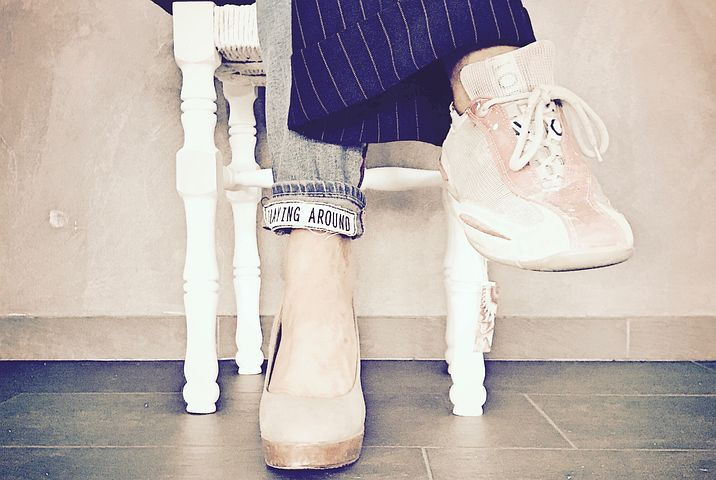Have you heard already that someone was “the wrong person for a job”? How does it sound to you? Do you see the kind of situation it describes? Do you feel this is the correct way of expressing the situation?

At The John Maxwell Team we got the chance to get Dr. Robert Rohm to mentor us on the different personality styles and the DISC model. Through my work with Dr. Rohm I have come to understand that it’s not a matter of “being the wrong person for the job”, but rather “not being the right position for that person”.
The situation may happen either during the recruiting process or when the person is already in role.
When recruiting, great leaders and talent advisors are willing to go the extra mile for their organization and the person applying for the job, looking for a win-win-win situation. My former colleague from Microsoft, Heidi Landex, is a great example of it. I still remember vividly her post about a young candidate she interviewed for a role. While the role wasn’t a fit for the person, Heidi had managed to uncover the candidate’s skills and personality strengths and gave her valuable feedback. Heidi then gave the candidate air cover with other talent management advisors and managers in the organization, for positions open that could better fit the candidate. The result was a great hire for the company, a successful beginning of career for the candidate and a reinforced networking within the talent organization and with the business leaders. Win-win-win.
When I work with execs and managers in improving a certain aspect of performance in their teams, the expression “wrong person for the job” comes sometimes in the conversation for people already in the role. Usually after performance issues arise. What to do in such case? Again, great leaders understand that it is a matter of positioning the people in the right places, for them to unfold and perform. Unfortunately, the shortcut that is often taken by many managers, is to involve the HR department as a pure position filler and re-filler. This means, asking the HR partner to fire the person so he/she can be replaced by another one, hopefully with better results.
Great HR partners hate that approach and try to encourage being involved in a much earlier stage, so a more optimum, win-win-win solution can be found. Firing and hiring people is a very costly process in terms of time, resources, energy and even reputation for companies, which ultimately impacts business results. But this requires a culture of people development that needs to be infused from the top-level leadership down to the field. Letting go someone from the organization should be an exception and not driven just by a mismatch in a specific role. When someone is hired, in principle a match in values and attitude has been found between the candidate and the organization, so a valuable contribution to a mutual development should be, in principle, possible.
As Simon Sinek tells us in one of his examples, some CEOs understand this well: we wouldn’t “fire” one of our children who could have performance issues at school, but rather support and coach her/him. In the same way, we must support and coach the employees and ultimately make sure that they are at the right place for their abilities to contribute to the maximum way possible to the leader’s vision.
Larry Bossidy and Ram Charan, discuss this in their book Execution. Larry Bossidy is chairman and CEO of Honeywell International, Inc. and Ram Charan is an author and business consultant. They describe in their book the 3 pillars for successful execution: #1: Leaders Who Understand Execution, #2: A Culture Focused on Execution and #3: The Right People in the Right Places.
The following paragraph synthetizes well their views on the third pillar: “The foundation of a great company is the way it develops people – providing the right experiences, such as learning in different jobs, learning from other people, giving candid feedback, and providing coaching, education, and training. If you spend the same amount of time and energy developing people as you do on the budgeting, strategic planning, and financial monitoring, the payoff will come in sustainable competitive advantage.”
Using the DISC model to uncover people’s natural and adapted personality styles and preferences, helps understand not only individuals, but also the team dynamics during the individual and team reports debriefs. The DISC model allows me to better serve my clients, by helping them:
Put their people in the right places, for them to contribute to their best
Define specific action plans and development plans for every individual team member
Create cohesion and buy-in around a vision, a strategy and unleash the energy and the potential of the group.
So, let me ask you this: As a leader, how do you deal with performance issues within your teams? How much time, efforts and resources do you invest in developing your people, so they can become your competitive advantage? How do you partner with your HR organization for the best interest of your company?
Have an intentional day. Grow. Reach your goals. Have an impact. Make a difference.
To your success,
Ezequiel

Comments